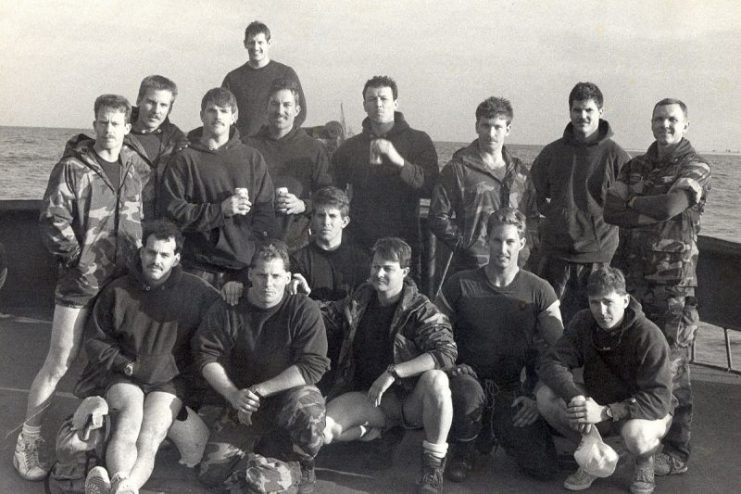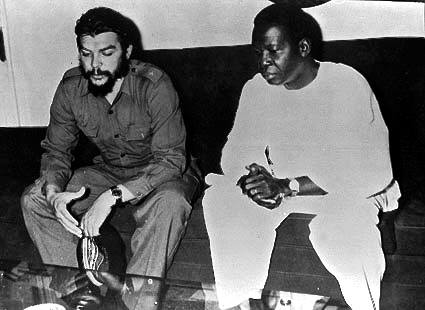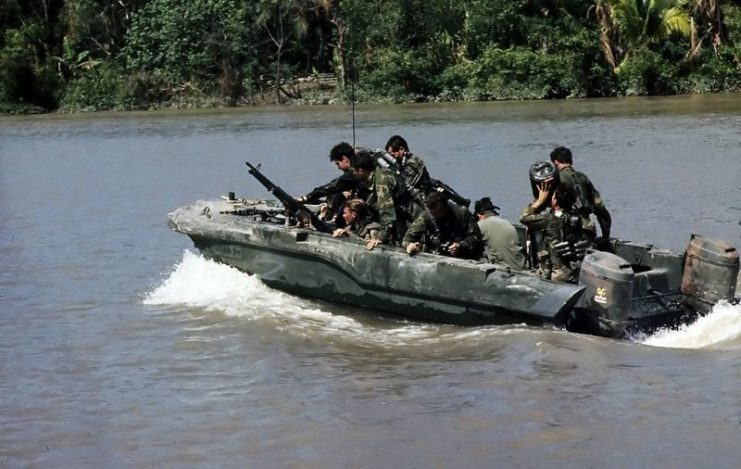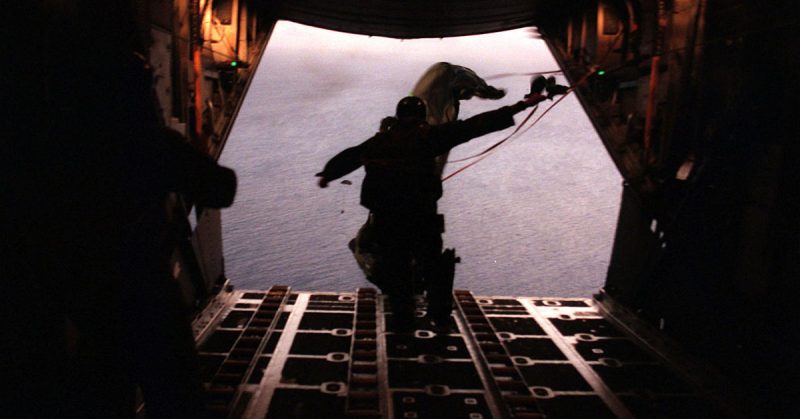The Cold War period, as many know, saw the rise of a communist state of the Soviet Union as a nuclear superpower. This period unofficially lasted from 1947 to 1991, the year that the Soviet Union collapsed. During the Cold War, the Soviet Union and its constituent states actively sought to spread communist ideology and develop sympathetic political groups throughout the world in order to cultivate global sympathy for the Soviet cause.
The US, UK, and other western countries vigorously resisted these activities. The prospect of all-out war was unthinkable as both the Soviet Union and the US had a huge arsenal of nuclear weapons at their disposal, and the Cold War mostly consisted of small and strategic proxy wars funded by the opposing superpowers.

Often, many people think of the places where the Cold War was waged when they reflect on the period, with Berlin and Vietnam frequently at the top of the list. But it is not commonly discussed that the Cold War involved combat and ideological warfare in the African continent as well.
Former Navy SEAL and CIA operative James M.Hawes’ Cold War Navy Seal: My Story of Che Guevara, War in the Congo and the Communist Threat in Africa recounts the African experience of the Cold War. Hawes’ credentials speak for themselves: as a former SEAL and CIA serviceman he speaks with authority on the finer points of the period.
Africa is described in Cold War Navy Seal as a target for communist forces from the Soviet Union and Cuba, so much so that the Soviets sent troops to the Congo in an attempt to organize a communist rebellion in the African nation.

In the introduction to Cold War Navy Seal, Hawes’ co-author Mary Ann Koenig stresses that the book is a first-hand account with top-tier sources, information, and references. It revolves around the secret CIA program that combated the rise of communism in the Congo and supported a fledgling democratic government.
According to Cold War Navy Seal, Hawes created and directed the Force Navale Congolaise, a paramilitary operation disguised as a mercenary group with the goal of disrupting the activities of communist forces in the Congo.

Koenig’s introduction further highlights Hawes’ achievements, describing him as a Vietnam veteran without an official title in the command chain. He possessed the intelligence to analyze situations in immense detail, she writes, changing plans to suit dynamic situations immediately and forming the uncoordinated mercenaries into an analytical, cunning hive mind of a team.
There are many voices in Cold War Navy Seal; it includes now-declassified anecdotes from Hawes himself, which he and Koenig argue are corroborated by Che Guevara’s Congo Diary.

Cold War Navy Seal also details the start of the Vietnam War in 1964 and Hawes’ activities during that time. He was one of the first SEAL operators permanently assigned to a covert CIA operation which sought to train hit-and-run boat teams for operations behind enemy lines.
According to Hawes, the success of these naval raids may have been a contributing factor to the Gulf of Tonkin incident in which the North Vietnamese sent torpedo boats to attack American ships. In the book, he describes how he was able to apply similar tactics to mobilize forces on Congo’s Lake Tanganyika.

Without revealing too many details of Hawes’ exploits, Cold War Navy Seal is an extremely well-written book with traits of a thriller movie carved into its DNA. The writers have done a fantastic job of maintaining a tense atmosphere and interesting plot; it is based on real sources yet reads like a fictional piece, and this speaks to the writers’ ability to create something totally believable but unbelievable at the same time.
